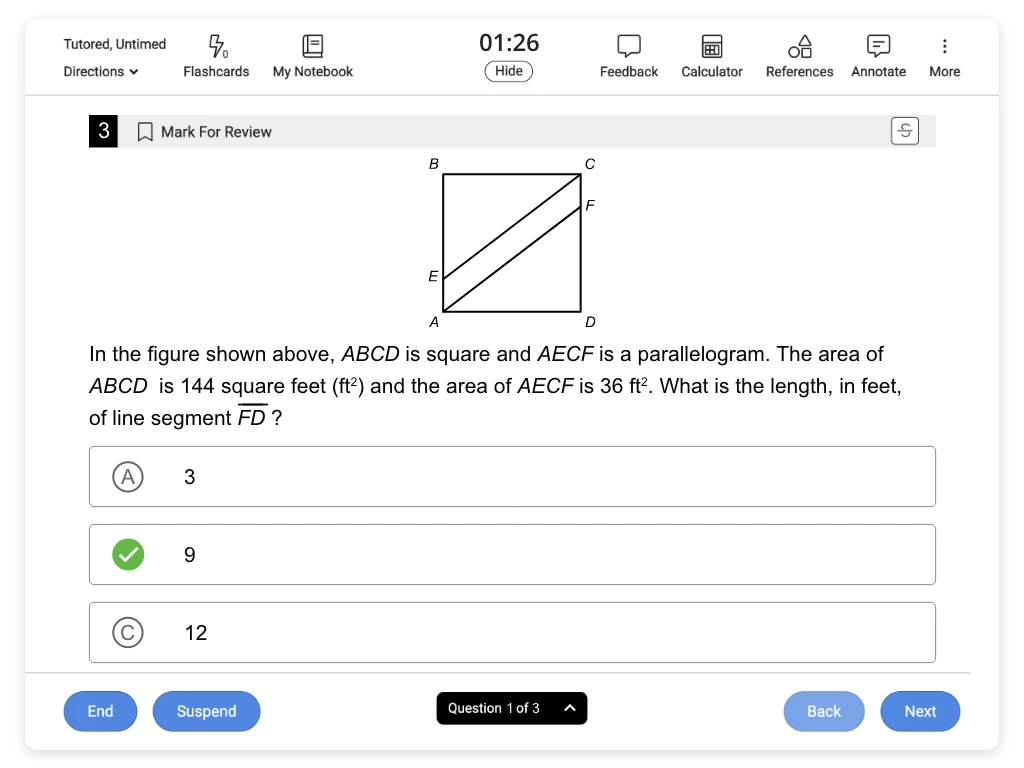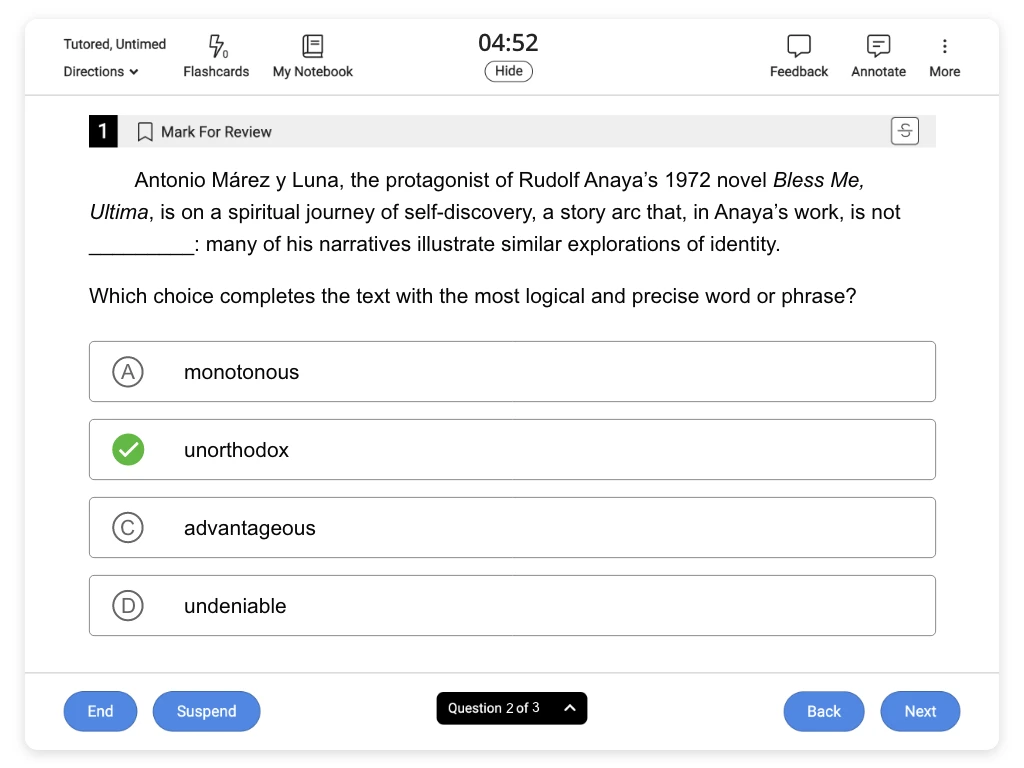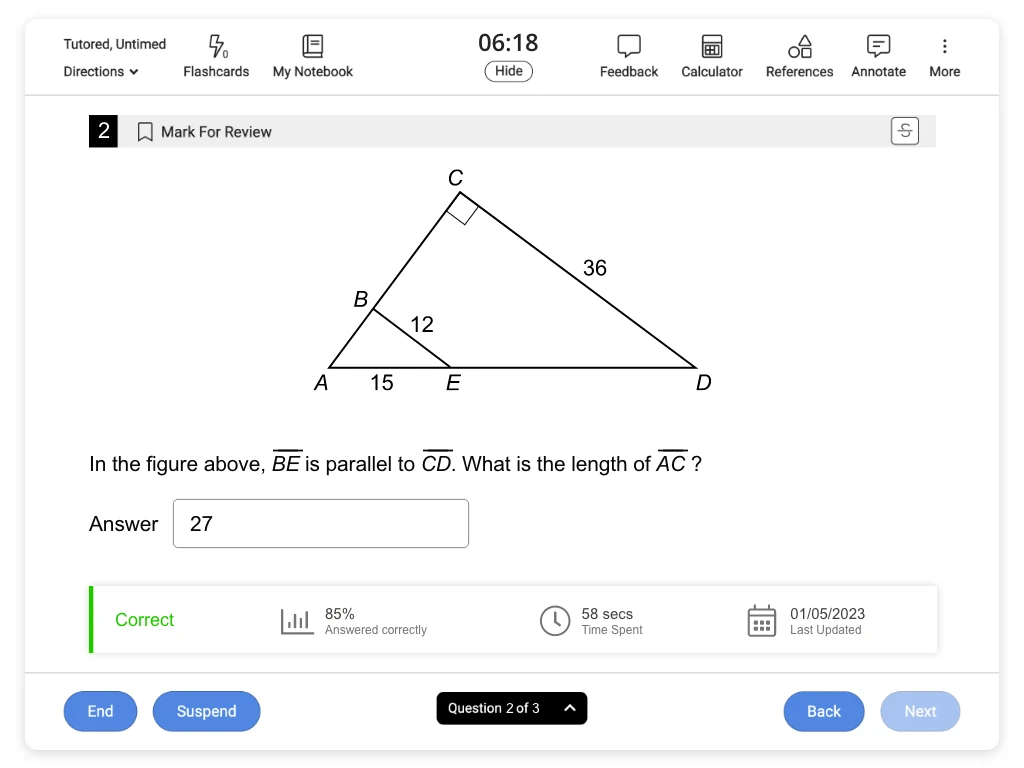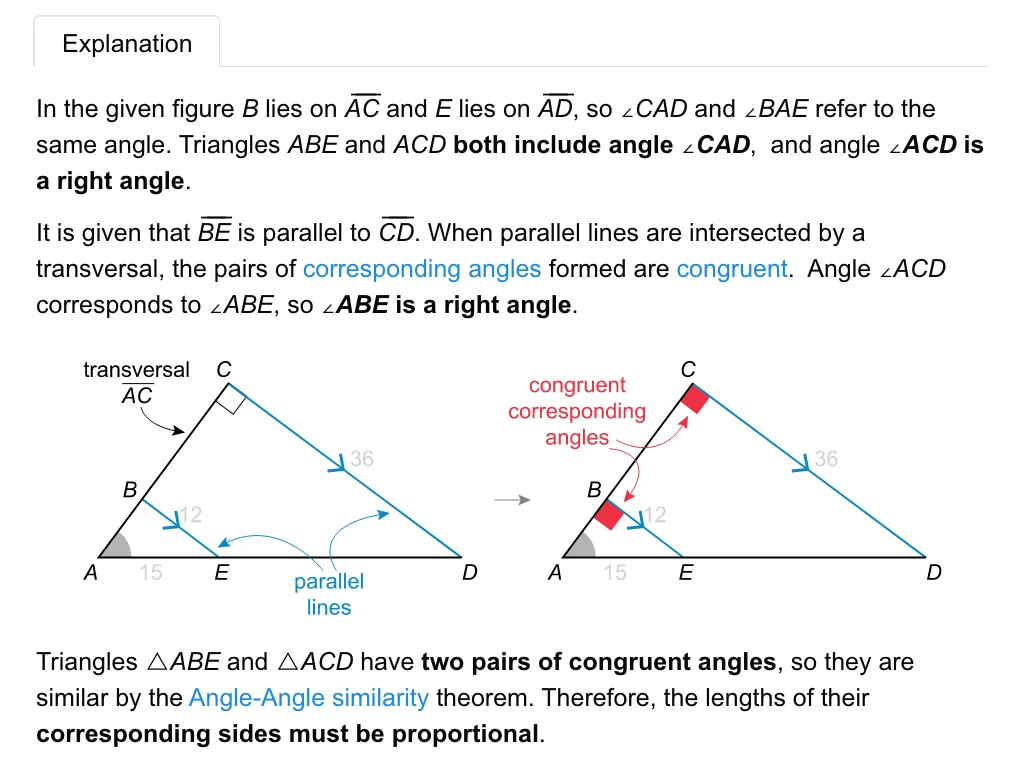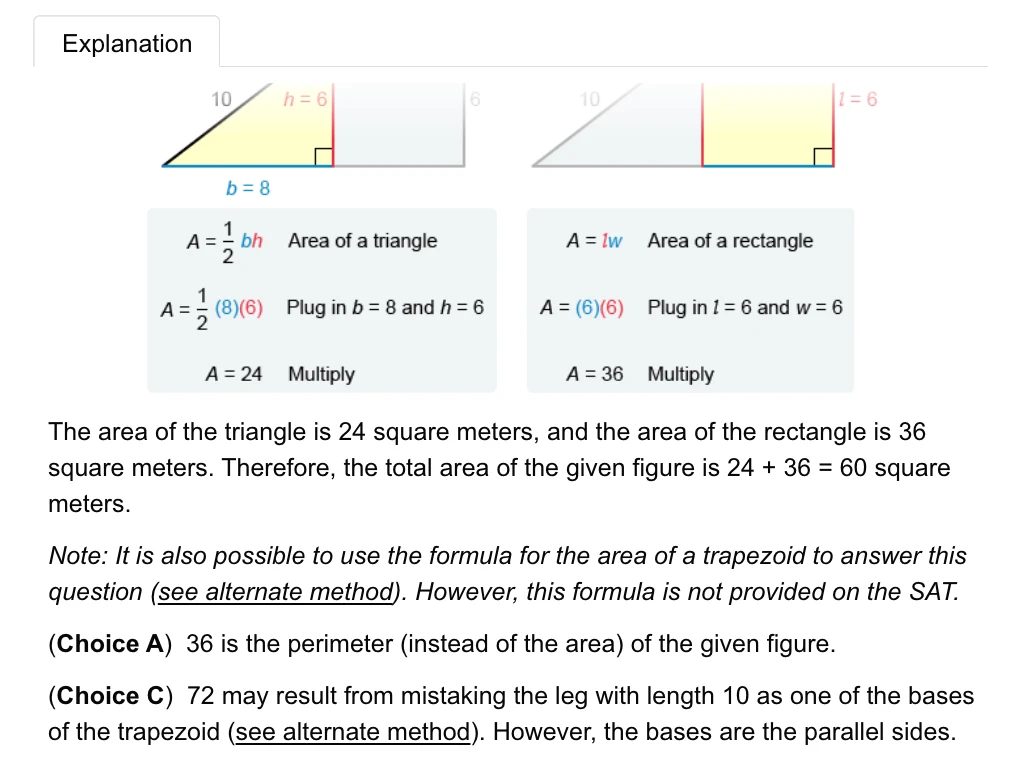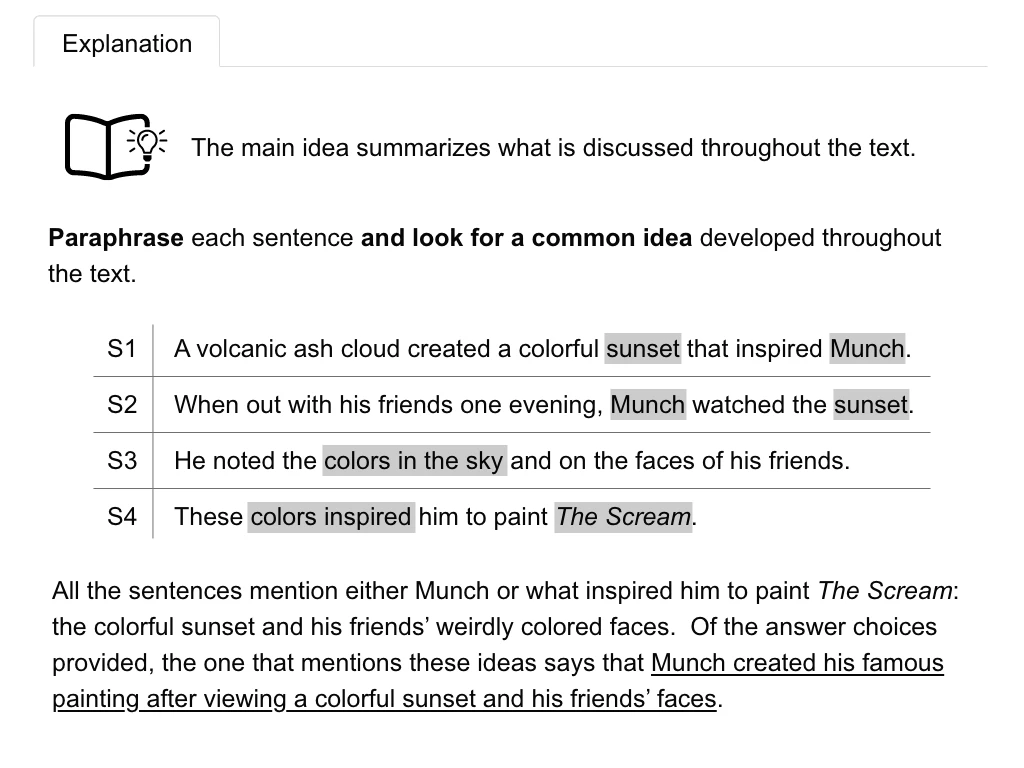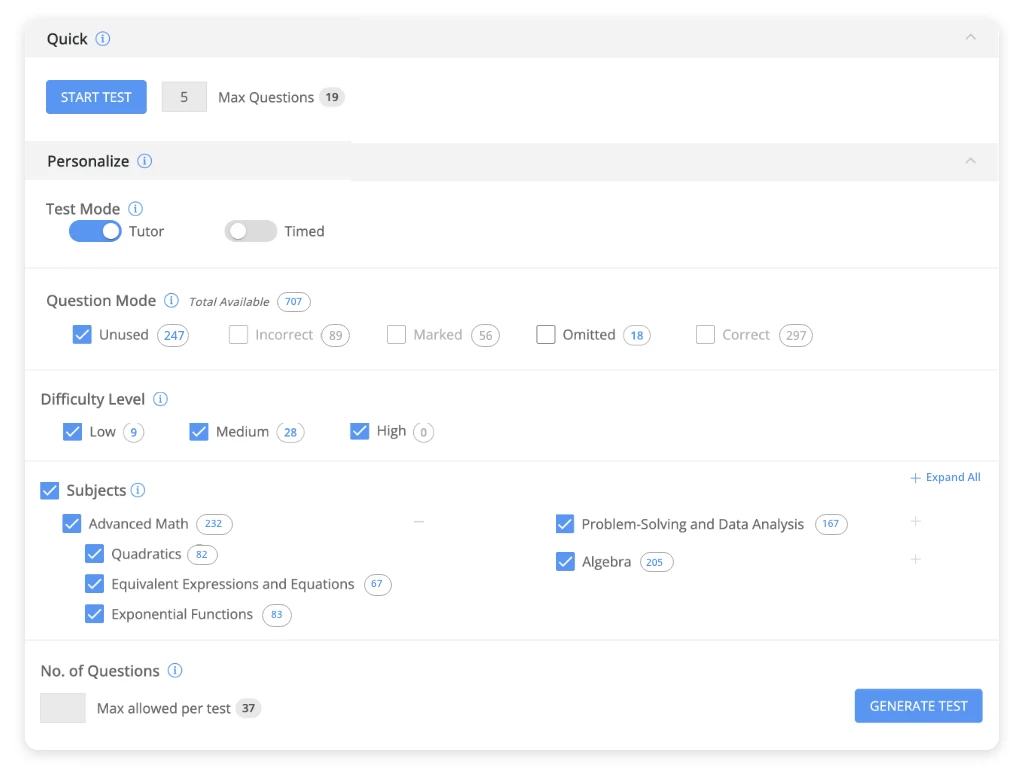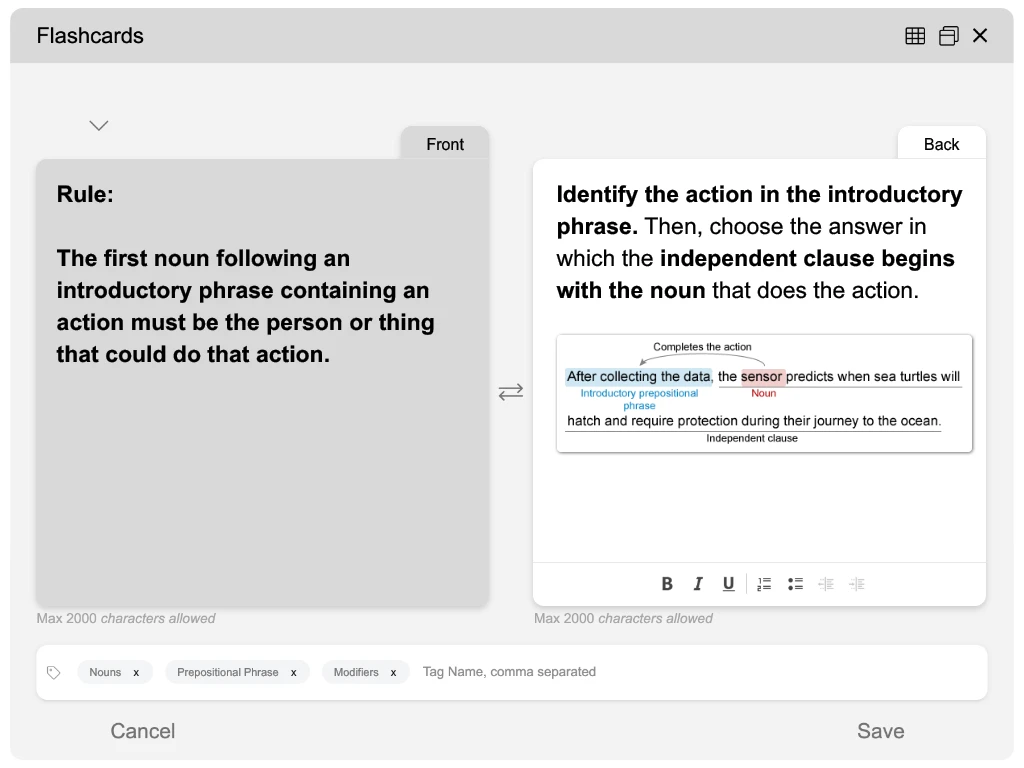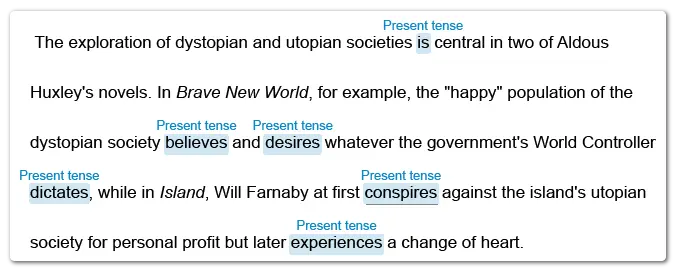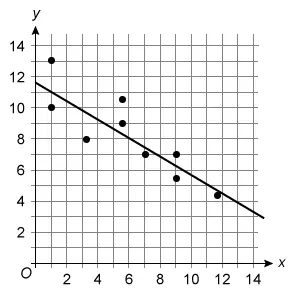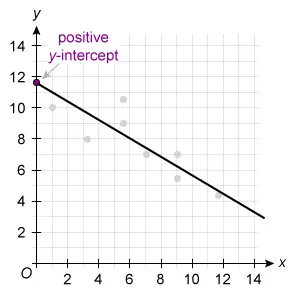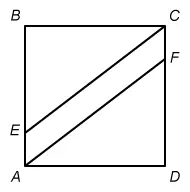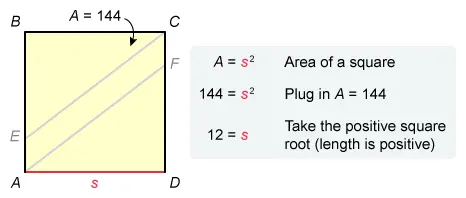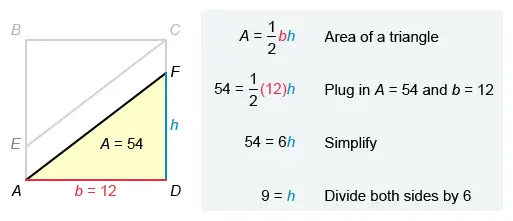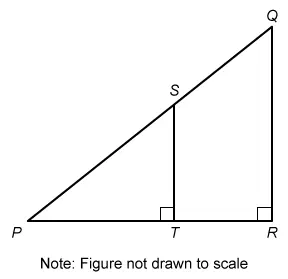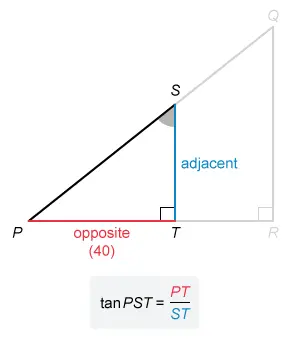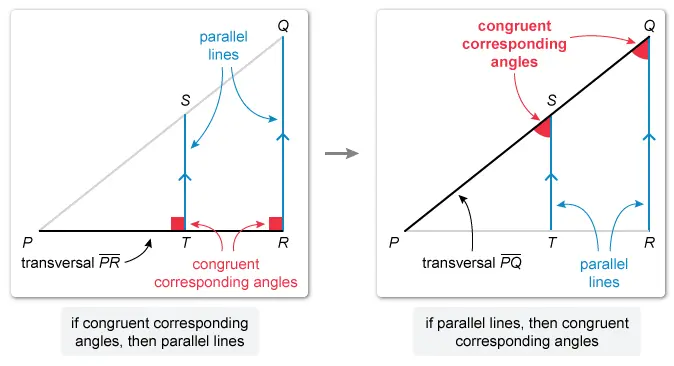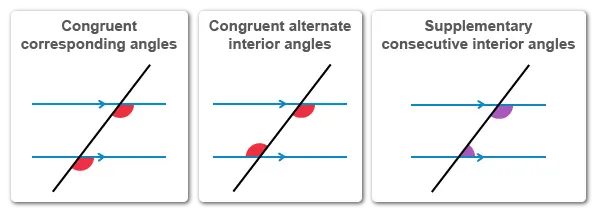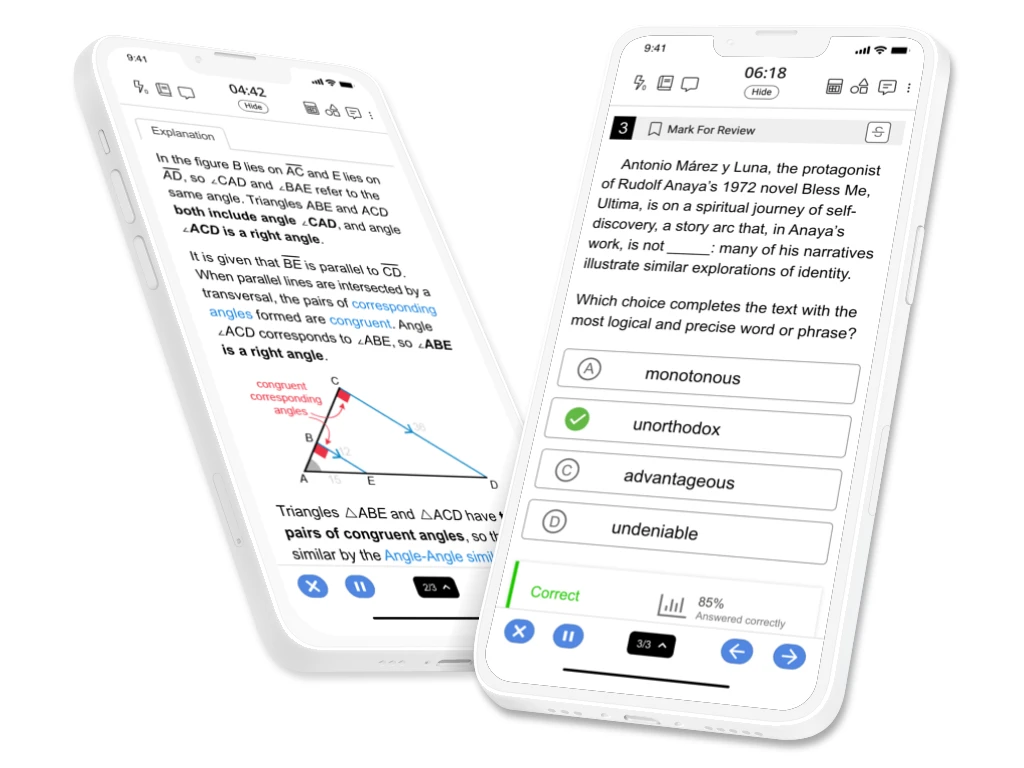Prep for the Digital
PSAT/NMSQT® Exam
PSAT Success Starts with Practice
Whether you’re going after a National Merit Scholarship® or starting your Digital SAT exam prep early, we can help.
It’s simple–a digital test needs digital prep. Get comfortable with the format of the exam, discover opportunities for improvement, and progress through difficult concepts with comprehensive feedback on all of your answer choices—both correct and incorrect. You’ll gain the confidence and content knowledge needed to achieve a stellar score on the PSAT/NMSQT by practicing with exam-like Digital SAT questions.
Why Practice with UWorld Prep?
Practice with Exam-Like Questions
- Hundreds of Digital SAT practice questions that mimic the real test build confidence and reduce anxiety.
- Content that is designed to match or exceed the exam's level of difficulty, ensuring you feel self-assured on test day.
Learn From Mistakes
- Learn the concepts needed to improve your score with our detailed answer explanations.
- Enhance knowledge retention through our industry-leading illustrations.
- Grasp complex ideas through our meticulously crafted, step-by-step problem-solving assistance.
Learn From Mistakes
- Learn the concepts needed to improve your score with our detailed answer explanations.
- Enhance knowledge retention through our industry-leading illustrations.
- Grasp complex ideas through our meticulously crafted, step-by-step problem-solving assistance.
Study Smarter
- Our score predictor and performance reports tell you where you stand and what you need to work on — saving you time and energy.
- Decide how many practice questions you want to complete based on your schedule.
- Build memory retention and recall by creating flashcards, highlights, and annotations to note what you think matters most.
Study Smarter
- Our score predictor and performance reports tell you where you stand and what you need to work on — saving you time and energy.
- Decide how many practice questions you want to complete based on your schedule.
- Build memory retention and recall by creating flashcards, highlights, and annotations to note what you think matters most.
Benefits of Taking the PSAT/NMSQT Exam
Scholarships
A strong PSAT/NMSQT score can qualify you for the National Merit Scholarship and other merit-based awards.
Dream School
Your score will help you plan your next steps after graduation, increasing your chances of admission to your dream school.
SAT Readiness
It can help you get a top score on the Digital SAT by identifying your strengths and weaknesses.
Try Our Digital SAT Sample Questions to Prep for PSAT/NMSQT
Which choice completes the text so that it conforms to the conventions of Standard English?
- conspired
- had conspired
- conspires
- will be conspiring
Rule: Unless a shift in time is indicated, verb tenses in a passage should match.
Identify the tense of the text’s verbs and select the answer that matches that tense.
The text includes present tense verbs, such as “is,” “thinks,” “desires,” and “dictates,” to describe actions in the present. Because the text doesn’t indicate a shift in time, the missing verb should also be in present tense.
“Conspires” is in the present tense, which matches the tense of the text’s other verbs. Therefore, the answer that conforms to the conventions of Standard English is conspires.
(Choices A, B, and D) These answers don’t use the present tense.
- Choices A and B: “Conspired” and “had conspired” express actions occurring in the past, which doesn’t match the text’s use of present tense elsewhere.
- Choice D: “Will be conspiring” expresses actions occurring in the future, which doesn’t match the text’s use of present tense to discuss the novels.
Things to remember:
Choose the answer that matches the tense expressed by other verbs
in the passage.
The scatterplot shows the relationship between two variables, x and y. Of the following, which equation best represents the line of best fit shown?
- y = −11.7 − 0.6x
- y = −11.7 + 0.6x
- y = 11.7 − 0.6x
- y = 11.7 + 0.6x
Hint :
The equation of a line in slope-intercept form is y = mx + b, where m is the slope and b is the y-intercept.
The equation of a line in slope-intercept form is y = mx + b, where m is the slope and b is the y-intercept.
In each choice, the value of m is −0.6 or 0.6 and the value of b is −11.7 or 11.7. Therefore, it is possible to determine which equation best represents the line of best fit based on only the signs of the slope and y-intercept.
slope
A line with positive slope increases from left to
right.
A line with negative slope decreases from
left to right.
The given line of best fit decreases from left to right, so its slope is negative.
Therefore, the slope must be m = −0.6.
y-intercept
The y-intercept of a line is the y-value of the point where the line crosses the y-axis. The given line crosses the y-axis at a positive y-value, so its y-intercept is positive.
Therefore, the y-intercept must be b = 11.7.
Plug m = −0.6 and b = 11.7 into slope-intercept form to get an equation of the line best fit y = −0.6x + 11.7. To match the form of the answer choices, rearrange the equation to get y = 11.7 − 0.6x.
(Choice A) y = −11.7 − 0.6x is incorrect because its y-intercept is negative (instead of positive).
(Choice B) y = −11.7 + 0.6x is incorrect because its slope is positive (instead of negative), and its y-intercept is negative (instead of positive).
(Choice D) y = 11.7 + 0.6x is incorrect because its slope is positive (instead of negative).
Things to remember:
- A linear equation in slope-intercept form is y = mx + b, where m is the slope and b is the y-intercept.
- A line with a positive slope is increasing, and a line with a negative slope is decreasing.
Which choice completes the text with the most logical and precise word or phrase?
- monotonous
- unorthodox
- advantageous
- undeniable
Try each word in the blank and use the process of elimination to determine which word has a meaning that works best given the context of the text.
The text states that many of Anaya’s narratives (stories) include a character exploring their identity and references one of his novels as an example. Notice that the word immediately before the blank is “not.” This signals that Anaya’s story arcs are the opposite of the word that completes the sentence.
| (Choice A) monotonous = lacking in variety | This answer suggests that Anaya’s stories are not all the same. However, the text reveals that many of Anaya’s story arcs are similar, which means they could be described as lacking variety. |
| (Choice B) unorthodox = contrary to what is expected or traditional | This answer suggests that Anaya’s story arc is expected. The text says that “many of his narratives illustrate similar explorations” as the story in Bless Me, Ultima; therefore, this answer is correct. |
| (Choice C) advantageous = favorable; beneficial | This answer suggests that Anaya’s stories are not favorable. However, the text doesn’t provide any details about whether Anaya’s story arcs are beneficial. |
| (Choice D) undeniable = plainly true; certain | This answer suggests that Anaya’s stories are not certain, but this isn’t supported by the statement that his other works explore similar themes. |
Things to remember:
Eliminate answers not supported by the text’s
discussion.
In the figure shown above, ABCD is a square and AECF is a parallelogram. The area of ABCD is 144 square feet (ft2) and the area of AECF is 36 ft2. What is the length, in feet, of line segment ?
- 3
- 9
- 12
- 15
Hint :
Segments and are the sides of triangle AFD. Segment is also a side of square ABCD.
Submit Next QuestionNotice that and are the legs of right triangle AFD, and that segment is also a side of square ABCD. Use the given area of square ABCD to find the length of .
The area of parallelogram AECF is also given. Use the given areas to find the area of triangle AFD, and then use the area of the triangle to find the length of .
length of
The formula for the area of a square is A = s2, where s is the side length. It is given that the area of square ABCD is 144 ft2, so plug A = 144 into the formula and solve for s.
Square ABCD has side length s = 12, so the length of is 12 ft.
area of triangle AFD
The combined area of triangles AFD and CEB is equal to the area of square ABCD minus the area of parallelogram AECF.
The given area of square ABCD is 144 ft2 and that of parallelogram AECF is 36 ft2. Subtract to find that the combined the area of triangles ADF and CEB is 108 ft2.
Triangles AFD and CEB are congruent (proof), so they have equal areas. Therefore, the area of triangle AFD is half of the combined area.
Divide 108 by 2 to find that the area of triangle AFD is 54 ft2.
Now use the length of (12) and the area of triangle AFD (54) to solve for the length of .
The formula for the area of a triangle is where b is the length of the base and h is the height. Let be the base and let be the height. Plug A = 54 and b = 12 into the area formula and solve for h.
The value of h is 9, so the length of is 9.
(Choice A) 3 is the length of the shorter side of parallelogram AECF. This may result from mistakenly finding the length of (instead of ).
(Choice C) 12 is the side length of square ABCD. This may result from mistaking the length of to be equal to the length of , but is not a side of square ABCD.
(Choice D) 15 is the length of the hypotenuse of triangle AFD. This may result from mistakenly finding the length of (instead of ).
Things to remember:
- The formula for the area of a square is A = s2, where s is the side length.
- The formula for the area of a triangle is , where b is the length of the base and h is the height.
- If two right triangles have congruent hypotenuses and a pair of congruent legs, the triangles are congruent (hypotenuse-leg congruence theorem).
- If two triangles are congruent, they have equal areas.
In the figure above, PQR and PST are right triangles and the tangent of angle PQR is 1.25. If PT = 40, what is the length of segment ST ?
Hint :
The tangent of an acute angle in a right triangle is equal to the following ratio of side lengths:
The tangent of an acute angle in a right triangle is equal to the following ratio of side lengths:
The length of segment PT is given (40), and the question asks for the length of segment ST. No other side lengths are given, so it is not possible to use the Pythagorean theorem or a proportion of similar triangles to find ST.
However, PT and ST are the opposite and adjacent sides of angle PST. Therefore, if the tangent ratio of this angle is found it will be possible to write an equation to solve for ST.
Notice that right angles PRQ and PTS are congruent corresponding angles. If two lines form congruent corresponding angles when cut by a transversal, then the lines are parallel. That means and are parallel.
Therefore, corresponding angles PQR and PST formed with transversal must also be congruent.
Congruent angles have equal trigonometric ratios, so the tangent of angle PQR must be equal to the tangent of angle PST. It is given that the tangent of angle PQR is 1.25, so the tangent of angle PST must also be 1.25.
Therefore, the ratio of opposite side PT to adjacent side ST is 1.25. Set tan PST equal to and plug in the known values, then solve for ST.
| Set tan PST equal to ratio of side lengths | |
| Plug in tan PST = 1.25 and PT = 40 | |
| Multiply both sides by ST | |
| Divide both sides by 1.25 |
The length of segment ST is 32.
Things to remember:
- Three main trigonometric ratios are defined for an acute angle in a right triangle: sine, cosine, and tangent. Each is equal to a specific ratio of side lengths.
| sine (sin) | cosine (cos) | tangent (tan) |
- When parallel lines are intersected by a transversal, the following pairs of angles are formed:
Practice Sample Questions Anywhere at Any Time
Frequently Asked Questions (FAQs)
Preparing for the PSAT/NMSQT involves a combination of studying, practicing, and familiarizing yourself with the test format. Start by becoming familiar with the types and difficulty-level of questions on the exam. You can do this with a prep resource that provides practice questions that mimic those on the real exam. A quality resource should also help you figure out where you stand with PSAT/NMSQT prep so you can focus on any problem areas and develop stronger learning connections in the process. UWorld’s Digital SAT QBank, with its immediate feedback and detailed answer explanations, is a great resource for this.
Taking the time to look closely at performance reports is also helpful; doing so can help you look for any question types you may consistently miss or content areas you may need to focus on. UWorld performance dashboards can help with this, too, providing data students can use to analyze mistake patterns quickly.
There are a few notable differences and similarities between the PSAT/NMSQT and the Digital SAT.
-
Scoring Structure: DifferentThe PSAT/NMSQT has a score range of 320 to 1520. The Digital SAT is scored from 400 to 1600.
-
Test Administration: DifferentThe SAT exam is offered many times throughout the year, and there is no limit on the number of times you can take it. The PSAT/NMSQT, however, is only offered once a year, and students can only take it up to three times.
-
Duration: SameThe PSAT/NMSQT and the Digital SAT both take 2 hours and 14 minutes.
-
Format and Topics: SameBoth exams are divided into two distinct sections: (1) the Reading and Writing Section, and (2) the Math Section. Both exams also have a total of 98 questions. The tested subjects and question types are consistent across both tests, as well.
Looking for Digital SAT Prep?
Please provide the marketing pitch for the Digital SAT product page.
Related Articles

What the PSAT/NMSQT® and Fighter Pilots Have in Common
Before you climb into the SAT® cockpit your junior and/or senior year, the PSAT affords you the opportunity to practice for the SAT.

How Does the SAT® Compare to the PSAT/NMSQT®?
The SAT and the PSAT have a number of similarities, however, there are important differences between these two tests that test-takers should be aware.

How to Become a National Merit® Scholar
Achieve an outstanding PSAT® score, demonstrate academic excellence, and earn a top percentile for National Merit Scholar eligibility. Click to discover!
